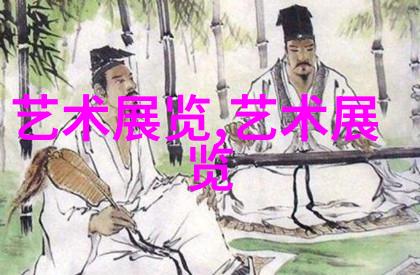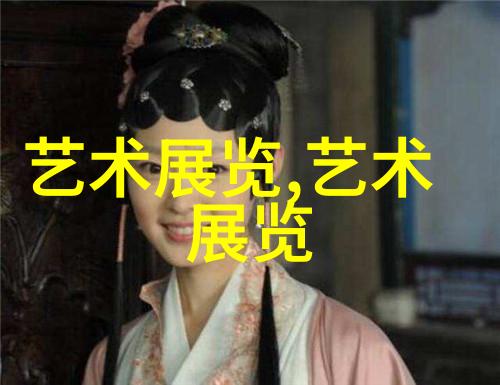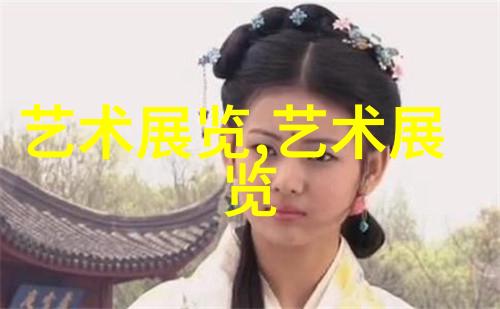日本和服的演变与现代流行
日本和服的演变与现代流行

一、引言
和服,作为日本传统的民族服饰,其历史可以追溯到古代。随着时间的推移,它不仅在日常生活中扮演着重要角色,还成为了日本文化艺术的一部分,在国际上享有盛名。

二、和服的起源与发展
从战国时期开始,武士阶级中的穿着逐渐规范化,形成了特定的军事装束,这就是后来的“甲冑”。到了江户时代,人们对衣物的审美越来越重视,从而出现了各种各样的和服。其中,“宽松”、“细致”的风格尤为受到欢迎,这种风格后来成为现代和服设计的一个重要参考点。

三、不同季节下的和服变化
根据季节变化,不同类型的手工艺品被用于制作不同的布料,以适应天气变化。在夏天,使用轻薄透气的地绸;冬天,则使用保暖性的厚布料。此外,每个月份都有一种专属颜色的染料,被称为“色彩”,这也反映出日本人对于自然界及其周期性变化的情感深刻。

四、日本文化艺术中的地位
在日本文化艺术中,和服不仅是一种衣物,更是表达身份、象征社会地位的一种方式。在茶道中,由于其简洁大方,对内涵要求极高,因此茶道师傅经常会选择特制的和式袍子以示尊严。而在舞蹈如能乐或戏剧如歌舞伎等表演中,也常见到精美绝伦的手工编织出的裙摆,它们承载着丰富的情感与故事背景。

五、现代化影响下的转变
随着全球化进程不断加快,以及新兴媒体技术的普及,使得传统手工艺面临前所未有的挑战。但同时,也促使这些古老技艺得以创新并融入当代生活。例如,将电子元素融入传统编织方法,或是在设计上结合西方元素,为传统手工艺注入新的活力,同时保持其独特性质。
六、新一代年轻人的接受度提高
尽管有些年轻人可能更倾向于西式或其他国际流行趋势,但许多年轻人仍然对传统文化充满好奇,并且愿意尝试了解它们。他们通过社交媒体分享自己身穿不同款式手工制成衣服的心情照片,与世界各地的人交流观点。这让我们看到了一个积极的情况:即使是最受欢迎的手工业产品——即便它不是最新潮流——也能够获得新生,并继续存在于我们的日常生活之中。
七、结语
总结来说,Japan's Kimono is a living embodiment of Japan's cultural and artistic heritage. Its history, evolution, and continued relevance in modern society are testaments to the enduring power of traditional craftsmanship. As we look to the future, it is clear that while technology will continue to shape our lives, there remains a deep desire for connection with our past – and the beautiful garments that represent it.
Japanese kimono has evolved from its origins as functional clothing into an art form that reflects Japanese culture’s emphasis on aesthetics, seasonality and tradition. Through this article we have seen how kimono continues to be an integral part of Japan’s cultural identity, influencing not only fashion but also other aspects of Japanese life such as tea ceremonies and traditional performances.
As global trends come and go, the allure of handmade craftsmanship endures. The kimono serves as a symbol of this resilience; its beauty lies not only in its intricate designs but also in its ability to adapt while remaining true to its roots. It is no wonder then that despite being around for centuries, the kimono remains relevant today – both at home in Japan and around the world where people appreciate unique pieces crafted with care by skilled artisans.
The story of kimono tells us about Japan’s rich cultural heritage which encompasses many forms including artisanship techniques passed down through generations like woodblock printing or pottery-making; literature such as haiku poetry or novels like 'The Tale Of Genji'; visual arts encompassing paintings from ukiyo-e woodcuts up until contemporary abstract works; martial arts disciplines rooted deeply within samurai traditions like judo & karate etcetera., all these contributing elements make up what makes "Japan" so fascinating globally speaking!